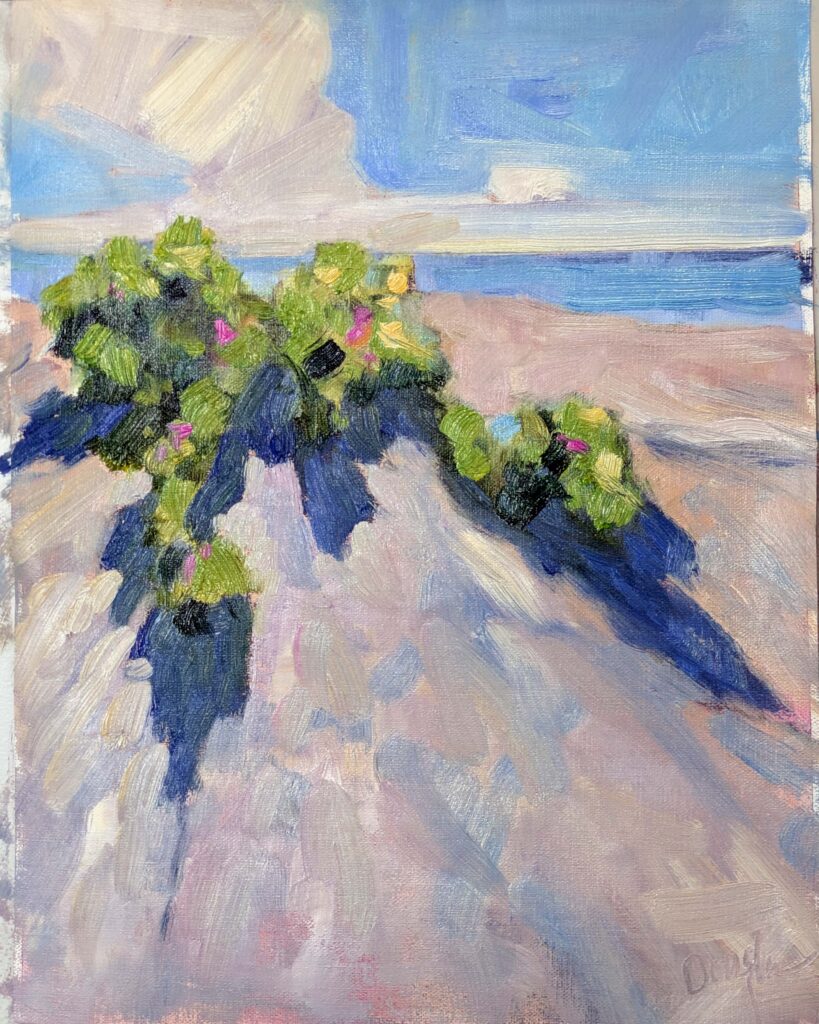
I haven’t seen my copy of Betty Edwards’ Drawing on the Right Side of the Brain since the 1980s, so I can’t remember much about the drawing exercises. According to the internet, they were based on contour drawing, negative space, size relationships, shading, drawing from memory and drawing from imagination. These are all important concepts, and any drawing exercises will make you better at drawing. On the other hand, there was the whole gestalt thing, which was a trippy 1970s way of saying that drawing is greater than the sum of its parts.
Drawing on the Right Side of the Brain is critically flawed in that it rests on the premise of a left-brain, right-brain dichotomy. That’s a theory that’s been scientifically debunked but never seems to die.
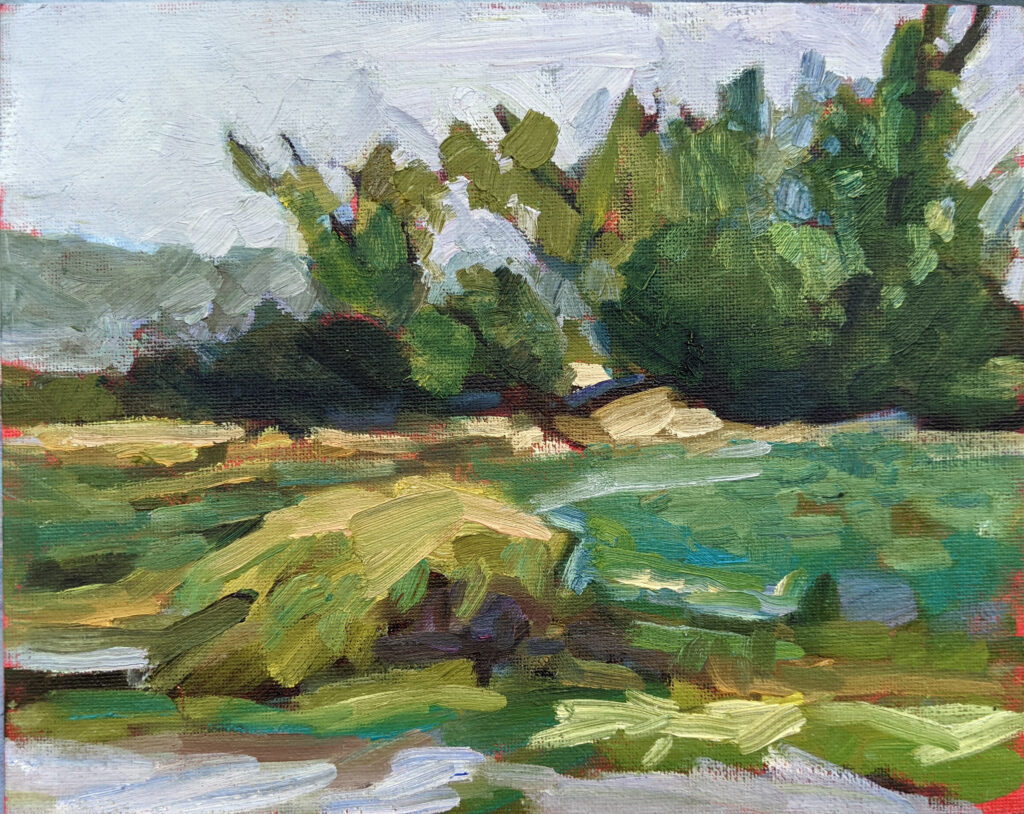
What was the ‘drawing on the right side of the brain’ theory, anyway?
When the first edition of Drawing on the Right Side of the Brain was published in 1979, brain science was comparatively primitive. Research into callosotomies (so-called split-brain syndrome) led to a limited and distorted understanding of brain lateralization.
The theory that people are either left-brained (logical, analytical, and detail-oriented) or right-brained (creative, intuitive, and emotional) gained immediate traction. Lefties, of course, were supposed to be right-brain-dominant, and therefore artsy. You poor right-handers (about 90% of the population) were doomed to be engineers and accountants. You could loosen up the synapses by doing right-brain exercises, including that insidious art-school exercise, making righthanded people draw with their left hands. Lefties are more likely to be ambidextrous, so asking that of righthanded people was particularly unfair.
As an ambidextrous lefty myself, I was adept at mirror writing but mostly because I was bored out of my nut in school. Even today, nobody really knows what causes left-handedness. There’s no evidence that we’re any more creative than right-handed people, but a lot of us lefties were told we were ‘arty’ .
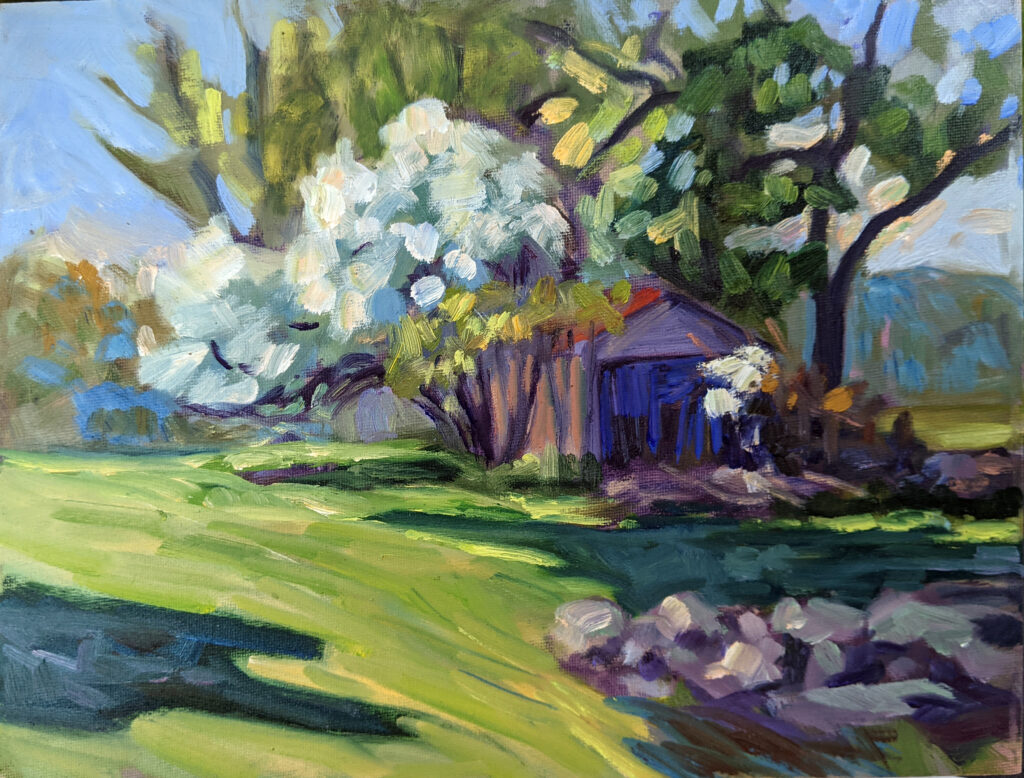
Subsequent studies have failed to show any evidence that people are predominantly left-brained or right-brained, regardless of which hand they use. Moreover, brain activity does not align with personality traits. A 2013 study using fMRI (functional magnetic resonance imaging) of over 1,000 participants found no evidence of individuals showing a dominant use of one hemisphere over the other.
You need your whole dang brain
Certain functions like language processing and spatial awareness may be lateralized, but most brain activities involve collaboration between both hemispheres. That’s especially true of complex tasks and traits like creativity, intuition, or linear thinking. They happen all over your brain.
Furthermore, a tremendous body of research on neuroplasticity shows that the human brain is far from fixed. It can repair and change itself, sometimes in profound ways.
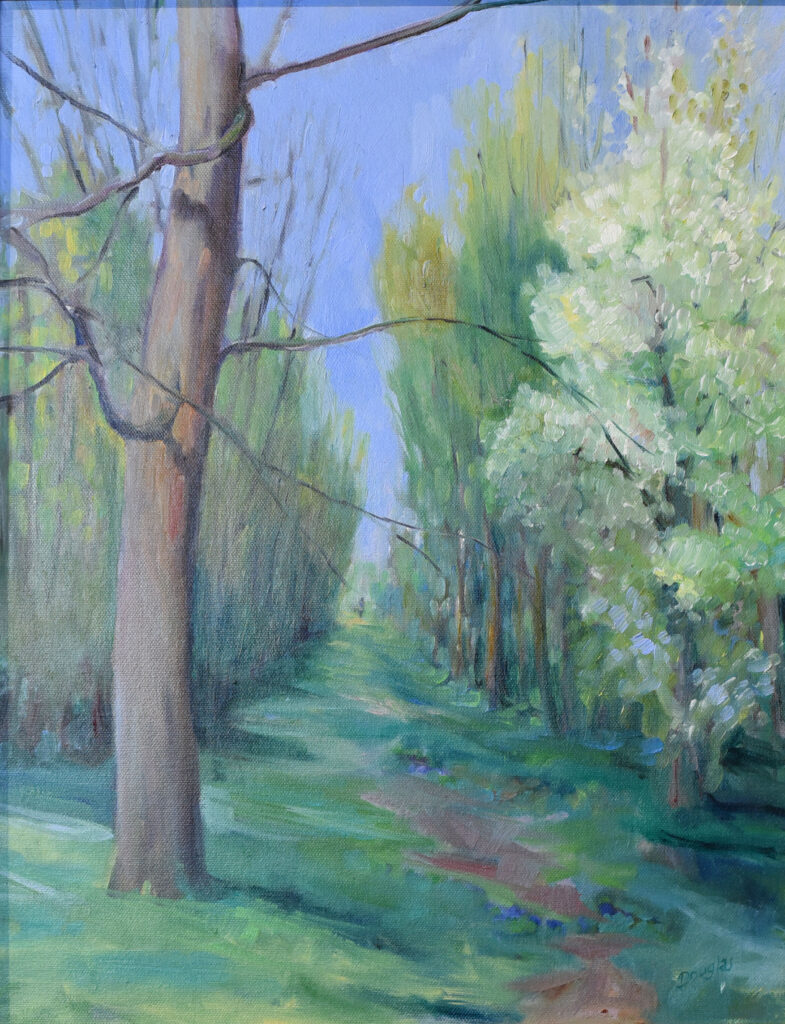
Why do I care?
Drawing on the Right Side of the Brain remains a best-selling drawing and pop psychology text, and the left brain-right brain theory has been accepted into our common folklore.
The fantasy that there’s a disconnect between logic and emotion, science and art, structure and creativity, goes back at least as far as Star Trek. It’s the biggest reason why people think they can’t draw.
I’ve got a friend who says she can’t do math but is a fine seamstress. What are alterations and patternmaking but geometry? Math, language and art are all whole-brain activities, and they mesh together. It’s a lie that you can’t do one of them because of how your brain is wired.
Reserve your spot now for a workshop in 2025:
- Advanced Plein Air Painting, Rockport, ME, July 7-11, 2025.
- Sea and Sky at Acadia National Park, August 3-8, 2025.
- Find Your Authentic Voice in Plein Air, Berkshires, MA, August 11-15, 2025.
- Immersive In-Person Fall Workshop, Rockport, ME, October 6-10, 2025.

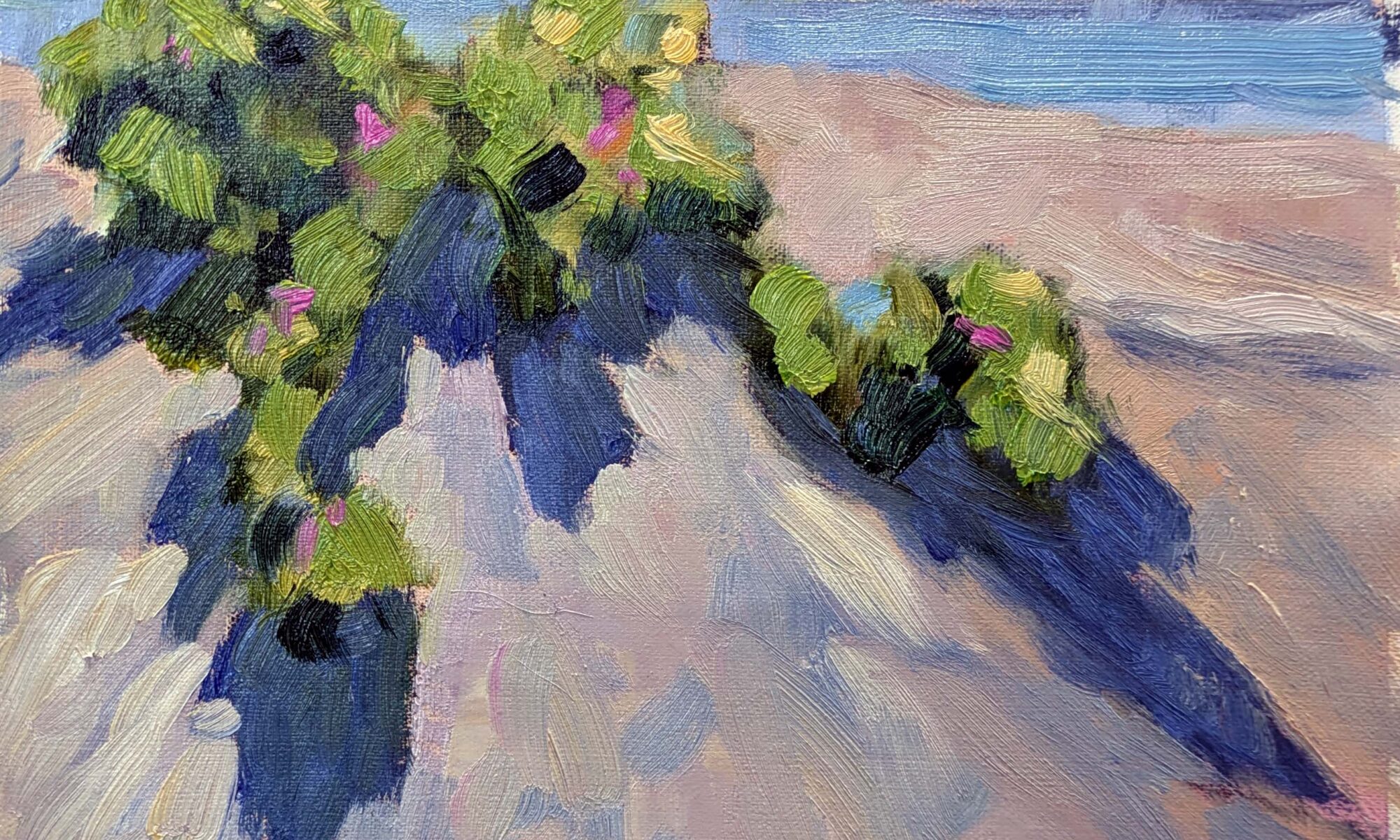
Yes! My husband is an incredibly creative and artistic righty, and would probably be the poorest option if you ever needed an accountant. Art–drawing, music, dance, etc.–is for everyone, even if you never do it professionally. It’s good for your brains.
Art–drawing, music, dance, etc.–is for everyone, even if you never do it professionally. It’s good for your brains.
I’m 100% onboard with the idea rejecting the limiting right-brain/ left-brain trope. On the other hand, the Drawing on the Right Side of the Brain course I took when I was nine taught me to draw in just a few days time, and changed the course of my life. I still think about the exercises often, and just got the book back out with an eye towards teaching my daughter (age eight). Is there a book out there with the same tools for training the eye, without the debunked science?
Hi, Carrie! This is a fascinating question and required much thought. My first response was, “just let her do the exercises anyway; what can they hurt?” But having grown up under that idea of the dichotomy of left and right brain, I think it can hurt a lot. I didn’t understand that I was good at math until I took it in college; I was convinced that I was arty and the two operated in exclusion of each other. It was the paradigm of the time.
The problem is, the eight-year-old brain is not ready to do the higher-order exercises of classical drawing. I pushed my own kids very hard into drawing too young and they grew to hate it. When she’s 13 or so, she can start doing that kind of exercise (and this is the book I recommend for that: https://amzn.to/4jbFg5l).
Until then, why don’t you riff on Edwards’ books and develop your own exercises based on the ones you loved? And above all let her have fun.
As a HS art teacher (and art administrator) all my life I used the book and found it fabulous for getting people going. I always felt we needed both sides of the brain and told them to use the other side too, especially for all the necessary measuring. And I found the second book – Drawing on the artist within – to be the best for getting people to understand that there are a myriad of ways to see what’s out there, and make marks, and see how you can find a way inside to express yourself. I’m still recommending both to folks now , as an artist at 81. There are reasons why these books are still in print.
On the flip side, I never could get into her color book.
I think I must have (in my right brained artsy fartsy way) commingled “Right Side” and “Artist’s Way”, which, BTW, I loathed when I was forced to use it. Maybe I should look it up.